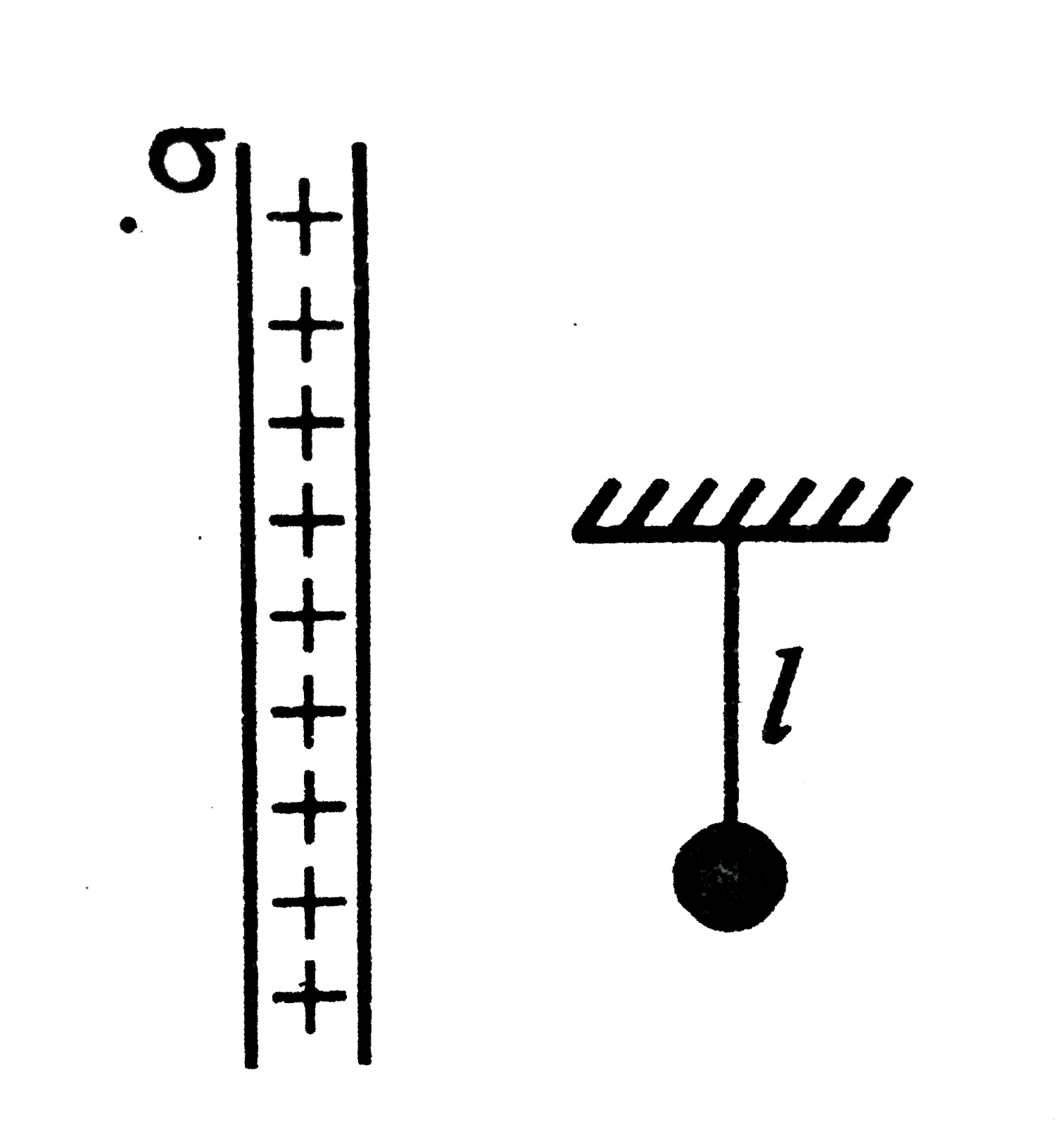The velocity of a particle is given by v=(5t2−2t+9)m/s where t is time in seconds. Find its acceleration at t=4 second. Solution in Gujrati
Acceleration (a) =dvdt=ddt(2t2−4t+3)=4t−4
Therefore acceleration at t=2s is equal to, a=(4×2)−4=4m/s2
Topper's Solved these Questions
- KINEMATICS (MOTION ALONG A STRAIGHT LINE AND MOTION IN A PLANE)BOOK - ALLEN CHAPTER - KINEMATICS (MOTION ALONG A STRAIGHT LINE AND MOTION IN A PLANE)EXERCISE - BEGINNER S BOX-1
6 Videos
- KINEMATICS (MOTION ALONG A STRAIGHT LINE AND MOTION IN A PLANE)BOOK - ALLEN CHAPTER - KINEMATICS (MOTION ALONG A STRAIGHT LINE AND MOTION IN A PLANE)EXERCISE - BEGINNER S BOX-2
7 Videos
- KINEMATICSBOOK - ALLEN CHAPTER - KINEMATICSEXERCISE - EXERCISE-2
89 Videos
- MISCELLANEOUSBOOK - ALLEN CHAPTER - MISCELLANEOUSEXERCISE - Question
1 Videos
Similar Questions
A particle moves on a circular path of radius 'r'. It completes one revolution in 40s. Calculate distances displacement in 2 min 20 s.
View SolutionAir distance between Kota to Jaipur is 260 km and road distance is 320 km. A deluxe bus which moves from Jaipur to Kota takes 8 h while and aeroplane reaches in just 15 min. Find
(i) average speed of bus in km/h
(ii) average velocity of bus in km/h
(iii) average speed of aeroplane in km/h
(iv) average velocity of aeroplane in km/h
View SolutionA student performs an experiment to determine how the range of a ball depends on the velocity with which it is projected. The "range" is the distance between the points where the ball lends and from where it was projected, assuming it lands at the same height from which it was projected. It each trial, the student uses the same baseball, and launches it at the same angle. Table shows the experimental results.
∣∣ ∣ ∣ ∣ ∣ ∣∣TrailLaunch speed(m/s)Range(m)110822031.833070.7440122.5∣∣ ∣ ∣ ∣ ∣ ∣∣
Based on this data, the student then hypothesizes that the range, R, depends on the initial speed v0 according to the following equation : R=Cvn0, where C is a constant and n is another constant.
Based on this data, the best guess for the value of n is :-
View SolutionA simple pendulum of length l and bob mass m is hanging in front of a large nonconducting sheet having surface charge density σ. If suddenly a charge +q is given to the bob & it is released from the position shown in figure. Find the maximum angle through which the string is deflected from vertical .
 .
.
View SolutionThe displacement 's ' of a particle at time 't' is given by s=t3−4t2−5t. Find its velocity and acceleration at ime t= 2 seconds .Also, find t when its acceleration is zero .
View SolutionA particle is moving in such a way that its displacement s at time t is given by s=2t2+5t+20. After 2 second its acceleration is
View Solutionविस्थापन S व समय t सूत्र S=2t2+5t+9 से सम्बन्ध है। समय t=2 सेकण्ड पर त्वरण होता है-
View Solution[" A particle is moving along "],[" a straight line with non- "],[" uniform acceleration.The "],[" displacement of the "],[" particle is given by "],[S=2t^(3)+3t^(2)+5t" where "S" is in "],[" metres and "t" is in seconds."],[" The velocity of the particle "],[" at "t=2" seconds is "]
View Solution[" A particle is moving along "],[" a straight line with non- "],[" uniform acceleration.The "],[" displacement of the "],[" particle is given by "],[S=2t^(3)+3t^(2)+5t" where "S" is in "],[" metres and "t" is in seconds."],[" The velocity of the particle "],[" at "t=2" seconds is "]
View SolutionThe acceleration of a particle in ms^(-2) is given by a=3t^(2)+2t+2 , where time t is in second. If the particle starts with a velocity v=2 ms^(-1) at t = 0, then find the velocity at the end of 2s.
View SolutionA particle moves in a circle of radius 20 cm. Its linear speed is given by v = (3t^(2) +5t) where t is in second and v is in m/s. Find the resultant acceleration at t = 1s.
View Solutionयदि एक कण का वेग t सेकंड में s मीटर दूरी तय की जाती है तथा s=5t3+2t2 तब 3 सेकेण्ड के अंत में कण का त्वरण क्या होगा ?
View SolutionIf v=3t^(2) - 2t +5 , where v is velocity (in m/s) and t is time (in second). Find the displacement (in m) of particle in third second. (A) 19 (B) 24 (C) 9 (D) None of these
View Solutiont সেকেন্ড সময়ে কোনো কণার বেগ প্রতি সেকেন্ডে v ফুট হলে v=6t2−2t3 হয়, t=4 সেকেন্ড সময়ে কণার ত্বরণ নির্ণয় করো।
View Solutionकिसी कण का त्वरण a=3t2+2t+2m/s2 द्वारा दिया जाता है, यहाँ t समय है। यदि कण t=0 पर v= 2 मी/सै से चलना प्रारम्भ करता है, तब 2 सैकण्ड पश्चात् कण का वेग होगा
View SolutionThe acceleration 'a' in m//s^(2) of a particle is given by a = 3t^2 + 2t + 2 where t is the time. If the particle starts out with a velocity u = 2m//s at t = 0 , then the velocity at the end of 2 second is
View Solution
